- News
- Reviews
- Bikes
- Components
- Bar tape & grips
- Bottom brackets
- Brake & gear cables
- Brake & STI levers
- Brake pads & spares
- Brakes
- Cassettes & freewheels
- Chains
- Chainsets & chainrings
- Derailleurs - front
- Derailleurs - rear
- Forks
- Gear levers & shifters
- Groupsets
- Handlebars & extensions
- Headsets
- Hubs
- Inner tubes
- Pedals
- Quick releases & skewers
- Saddles
- Seatposts
- Stems
- Wheels
- Tyres
- Tubeless valves
- Accessories
- Accessories - misc
- Computer mounts
- Bags
- Bar ends
- Bike bags & cases
- Bottle cages
- Bottles
- Cameras
- Car racks
- Child seats
- Computers
- Glasses
- GPS units
- Helmets
- Lights - front
- Lights - rear
- Lights - sets
- Locks
- Mirrors
- Mudguards
- Racks
- Pumps & CO2 inflators
- Puncture kits
- Reflectives
- Smart watches
- Stands and racks
- Trailers
- Clothing
- Health, fitness and nutrition
- Tools and workshop
- Miscellaneous
- Buyers Guides
- Features
- Forum
- Recommends
- Podcast
review
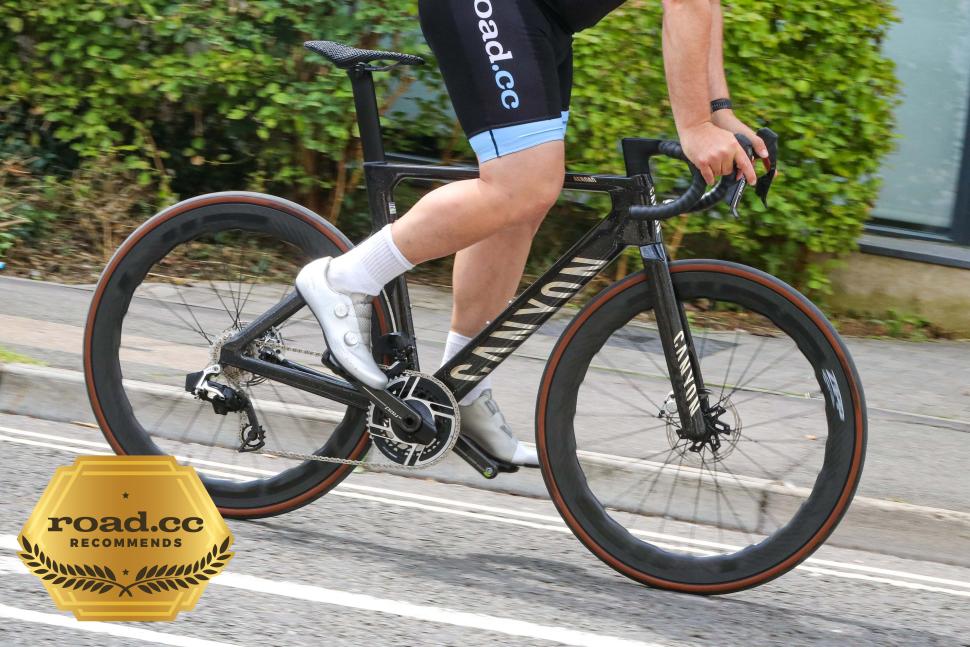 Canyon Aeroad CFR
Canyon Aeroad CFR£9,749.00
VERDICT:
Stunning performance right across the board from this versatile aero machine
Impressive aerodynamics
Plenty of tyre clearance for an aero bike
Surprisingly comfortable
Weight:
7,070g
Contact:

This product has been selected to feature in road.cc recommends. That means it's not just scored well, but we think it stands out as special. Go to road.cc recommends
At road.cc every product is thoroughly tested for as long as it takes to get a proper insight into how well it works. Our reviewers are experienced cyclists that we trust to be objective. While we strive to ensure that opinions expressed are backed up by facts, reviews are by their nature an informed opinion, not a definitive verdict. We don't intentionally try to break anything (except locks) but we do try to look for weak points in any design. The overall score is not just an average of the other scores: it reflects both a product's function and value – with value determined by how a product compares with items of similar spec, quality, and price.
What the road.cc scores meanGood scores are more common than bad, because fortunately good products are more common than bad.
- Exceptional
- Excellent
- Very Good
- Good
- Quite good
- Average
- Not so good
- Poor
- Bad
- Appalling
The new Canyon Aeroad CFR AXS might focus on aerodynamics, but other factors like weight and comfort haven't been overlooked. This is one very fast, very stiff race machine that's in its element once the speed rises, but it's also a capable climber, descender and all-round pleasurable place to be. This exact model comes with a high price tag, but when you consider the spec list and the performance, you are investing your cash in one of the best bikes you can buy.
> Buy now: Canyon Aeroad CFR AXS for £9,749 from Canyon
Check out our guide to the best aero road bikes for more options.
Canyon Aeroad CFR AXS: Ride
Specialized and Trek have amalgamated their lightweight and aerodynamic bike ranges into one specific model line-up: the Tarmac SL8 (and the SL7 before that) for Spesh, and Trek saying goodbye to its lightweight Emonda and launching the Gen 8 Madone, which matches it in weight while maintaining the aerodynamic efficiency of the previous Madone. Canyon has bucked that trend, keeping the Ultimate for the weight weenies and releasing this brand new aero-focused Aeroad for those who just love speed.
So, are there any downsides to this aero bike compared to an all-rounder? Well, for the likes of you and me, not really.
I've ridden the Ultimate CFR (here's the review) alongside this Aeroad and the main difference is the overall weight, but even that is minimal. The near identically specced, same size Ultimate was 6.75kg whereas this bike is 7.07kg. The deeper section wheels add a bit of weight, along with probably a few more grams for the power meter which the Ultimate doesn't have.
The geometry of the two bikes is identical, so other than the way they respond to the wind and airflow, they behave very much the same way.
That means the Aeroad isn't restricted to flat, smooth roads, although if that is where you find yourself, you'll be impressed with the performance. Like a lot of aero bikes, the benefits become noticeable the higher the speed, with the first sweet spot coming around the 18-20mph mark. From here and above, the Aeroad feels really efficient.
At just over 7kg the Canyon is no slouch off the line, so accelerating out of corners never feels like a drag, and when rolling, a hard kick on the pedals sees it surge forward without a waste of power anywhere.
Characteristics like this would make it a good crit bike, or if you don't race then it's always eager for you to indulge in a little bit of sprint action. When riding on busier roads it also gave me the confidence to accelerate onto busy roundabouts or switch lanes in amongst traffic to make turns and so on.
The bottom line is that the Aeroad is just a lot of fun to ride fast.
With that balance of weight and stiffness it also makes for a decent climber too. The position is relatively aggressive, although the drop from the saddle to handlebar isn't extreme even if you were to slam the stem. This meant I could still keep a comfortable position sat in the saddle for those long, drawn-out climbs.
Descending is a blast as well. The steering feels quick but still has a smoothness to it which keeps it on the controllable side of twitchy, allowing those of us who have never been part of a professional peloton to still push the limit of the tyres.
A short wheelbase keeps the whole bike feeling nimble and responsive, which means that it tracks exceptionally well through tight corners and those of a longer, swoopy nature.
In between all of the fun bits you're going to find yourself on those road sections where the only part of you needing to add any input is your legs to turn the cranks. Aero bikes tend to be less forgiving in terms of comfort because of the large tube profiles, and that is true of the Aeroad compared with the Ultimate, for instance.
It wasn't by as much as I expected, though, and while there is a little bit of vibration and resonation from the road's surface, it's still a smooth and comfortable bike to ride. This is still a bike you are going to be able to ride a century on without your contact points getting battered.
Rounding things up from a ride point of view, I think the Aeroad CFR is a great all-round road bike, feeling just as fast as any of the other aero road bikes I've ridden while also offering good levels of comfort and responsiveness.
Canyon Aeroad CFR AXS: Frame & fork
Compared with the previous Aeroad released back in 2020, the main updates for this fourth generation model are as follows:
Extended fork profile
Reduced head tube frontal surface
Broader, reinforced top tube
Narrower down tube
Revised seatpost
Reinforced seat tube and stay junction
Smoothed-over dropouts
Canyon gives a painted frame weight of 960g and a frameset (frame, fork, seatpost, cockpit, headset) of 2,070g. For comparison, the third generation was a claimed 915g.
In the press pack that arrived with the launch of this Aeroad, Canyon mentioned that one of the benefits of this new frameset is increased durability throughout. The latest Ultimate's frame is around 30g heavier than its predecessor, as Canyon's designers added carbon fibre to structural areas that saw a lot of stress and load, so they aren't shy about adding material to improve longevity.
The Aeroad that Mat rode back in 2020 was a size larger than this one and came with Shimano Dura-Ace Di2 and DT Swiss 62mm wheels, weighing in at 7.45kg. Canyon claims that all of the design details make this fourth-generation frameset as efficient running 50mm-deep rims as the third generation was when running those deeper 62mm offerings. Deeper wheels are heavier, so you are saving weight on this version as a complete bike for the same 'aeroness', plus shallower wheels tend to be easier to use on windy days.
For added durability Canyon has also specced German-made bolts throughout the frame so that it can keep manufacturing close to home, which helps quality control. It has also gone for Torx T25 bolts rather than hex to reduce rounding of the bolt heads. If you remove the thru-axle handle you'll find a T25 tool on the end of it.
More durability is added thanks to a titanium crown race for the fork, increasing abrasion resistance, while the bearings have been given more protection from the elements. Those bearings are stainless steel on the cheaper CF SLX models and a ceramic hybrid on these CFRs.
It's a very smooth-looking bike, with the brake hoses hidden from the lever and right the way through the frame and fork until they exit just before they are needed by the components.
The threads for the thru-axles are hidden within the non-disc side of the frame and fork, so things are completely smooth from that side. You'll see the handle for the front axle, but that's removable and can be used on both the front and rear wheel and kept in your saddlebag or pocket for aerodynamics.
The top tube is wider at the head tube end, to increase front end stiffness, but it's a very slender frame from the front.
The head tube looks narrow as it blends into the down tube, which maintains its shape and width down to the bottom bracket junction. Normally this is where you'd see things splay out, going wider for added stiffness, but that doesn't happen here – cutting through the wind is more important – but as I've said above, the Aeroad doesn't suffer from flex anywhere.
At the rear you get dropped seatstays, to benefit aerodynamics, and the seat tube is profiled to sit as close to the rear tyre as possible.
The Aeroad can accept up to 32mm tyres which apparently was a request by Alpecin-Deceuninck pro Mathieu van der Poel so that he could use it for the cobbled classics season.
Canyon doesn't go into specifics when it comes to the carbon fibre composite grades and lay-ups, but the CFR (R108 frame) models use the highest level of the range while the CF SLXs (R107 frame) use a lower level that balances weight and strength.
I went to Canyon's factory a few years back and it has an impressive department of machines and jigs to test the reliability of its frames, forks and components, so it's no surprise that this Aeroad is finished to a high quality. Shining a torch inside the seat tube when building the bike up showed a very clean finish indeed.
The Sparkle Stealth paintjob makes this bike look pretty special too, as do the Movistar, Alpecin and Canyon/SRAM team finishes.
Canyon Aeroad CFR AXS: Geometry
The Aeroad is available in seven sizes, which is impressive. The smallest 2XS model is for a minimum body height of 160cm, up to 196cm for the 2XL. The medium we have here is for a height range of 178cm to 184cm, which suited my 180cm perfectly.
In terms of measurements there are no real surprises for a race bike designed for the pro peloton. The top tube is 555mm, with a 142mm head tube and a 501mm seat tube, which gives an ever so slightly sloping top tube. Angles-wise, for the head tube we've got 73.25 degrees with the seat tube a tiny bit steeper at 73.5 degrees.
The stack and reach numbers equate to 560mm and 393mm respectively, giving a ratio of 1.42, highlighting its racing nature.
The wheelbase is 988mm, with the chainstays coming in at 410mm.
Canyon Aeroad CFR AXS: Groupset
This CFR AXS model is so called because the groupset on offer is SRAM's range-topping Red AXS which is electronic and completely wireless. It was only released a couple of months back and I gave it a full review.
I rate it very highly, and the changes made like the redesigned shifter shape, quicker brake response and faster mechs mean that it's probably the groupset I'd go for if it was my own money I was spending.
It's a 12-speed groupset with a 48/35-tooth chainset, which does sound small when compared with the 52/36T on the Shimano-equipped models, but the SRAM setups come with a smaller 10T sprocket on the cassette compared with 11T on Shimano, which means that top-end gear ratios are very similar.
Personally, I find the smaller chainrings more efficient for my style of riding as I stay in the big ring a lot longer than I do with a 50T or 52T, with only a switch to the small chainring being necessary on the steepest of climbs.
The cassette tops out at 28T, so this Aeroad isn't necessarily geared towards steep climbs.
In terms of braking, the Canyon uses 160mm rotors front and rear which gives loads of bite and prolonged stopping power on steep descents.
SRAM has changed the layout of the components inside the brake lever and hood which has resulted in some very impressive braking power, allowing you to use just one finger should you so desire.
Canyon Aeroad CFR AXS: Finishing kit
Away from the groupset, the biggest difference about Canyon's race bikes compared with those from other brands is the adjustable handlebar, the PACE bar. It stands for Performance Adaptive Cockpit Ecosystem.
You get an integrated stem and central section of the handlebar (known as the T-bar), into which you can insert interchangeable drops, either classically shaped or Aero drops which are flared, kind of like you see on gravel bikes. They bring the centre-to-centre narrower at the hoods than the Classic drops, and their drop is reduced by 25mm so you can spend more time in an aero tuck.
Canyon reckons you can save 14 watts by using these Aero drops over the Classics. They are an aftermarket option, though, and at the time of writing I have no price for them. We were sent a pair with the bike, and switching them over is easy thanks to the Gear Groove, a channel on the top of the section of the drop that slides into the T-bar. This allows the brake hose from the lever to run into the T-bar so you don't have to bleed the brakes after each change.
The drop sections are held in position by titanium Torx screws, and the different holes allow for 50mm of width adjustment. This medium model comes with the equivalent of a 100mm stem and possible bar widths of 370, 395 and 420mm. Different frame sizes get different bar/stem widths and lengths.
Bar height adjustment is possible by up to 20mm in 5mm increments, and the headset preload uses a T25 Torx, so you don't need the proprietary tool that you did for the previous Aeroad.
Overall, I found the handlebar setup really comfortable, as I did the Selle Italia SLR Boost 3D Carbonio saddle. I've reviewed this separately and loved it, so much so that it follows me around from one bike to another.
Canyon Aeroad CFR AXS: Wheels & tyres
For the wheels Canyon has gone aero, as you'd expect, with a pair of Zipp's 454 NSWs which Jamie described as 'fast, light and very expensive hookless wheels' – my thoughts in a nutshell.
With a rim depth of 53mm and 58mm (because of their flowing sawtooth design) they cut through the wind well, and weighing just 1,420g they accelerate and climb very well indeed.
Hookless rims do limit tyre choices to tubeless only, and you have to make sure they are compatible with the 454s – you'll need to check on Zipp's Hookless Road Tire Compatibility Guide on its website. Its 25mm-wide wheels, like the 303 FC and 353 NSW, aren't compatible with anything below 30mm in width, but the 23mm 454s will take 28mm tyres.
I'm not really a tubeless user on road bikes, as I don't feel the need personally, so if I'm buying tyres they tend to be standard clinchers as they are cheaper and arguably give a better ride quality – although the difference is getting narrower. Hookless rims don't allow that option, though.
The tyres of choice here are Pirelli's P Zero Race TLRs in a 28mm width. The tan walls against the Stealth Black paintjob divided opinion, but one thing I couldn't complain about was their performance.
They are grippy, supple and feel really fast even on poor road surfaces, but as I mentioned in my review of them, they are pricey (though they've come down a few quid). Not a major problem as you are getting them with the bike but when it comes to replacing them, you'll be looking at £75 a tyre.
Canyon Aeroad CFR AXS: Pricing & value
The range-topping CFR models are available in two builds while the cheaper CF SLX models are offered in four.
The CFR models are basically the same bikes as ridden by the Canyon-supplied pro teams, so aren't going to be cheap. The CFR Di2 with Shimano Dura-Ace costs £9,299, and includes a power meter and DT Swiss ARC 1100 Dicut wheels. This CFR AXS model is a little pricier at £9,749, but when you take into account that the saddle has an RRP of over £400, and the wheel/tyre combination is well over £3,500, plus in excess of £4,000 for the groupset, that's not a bad price for a pro-level bike.
You don't need to be on a pro's salary to afford an Aeroad, though, with the SRAM Rival-equipped CF SLX 7 AXS costing £3,949. That includes a pair of DT Swiss ARC 1600 Spline wheels.
The Shimano 105 CF SLX 7 Di2 model is £4,499 and gets the same wheels but includes a 4iiii Precision Slim power meter.
The CF SLX 8 models get either a SRAM Force AXS groupset with power meter and Zipp 404 Firecrest wheels (£6,499) or Shimano Ultegra Di2, the 4iiii power meter and DT Swiss ARC 1400 Dicut wheels for £5,999.
Compared with the opposition, I think this CFR stands up well. For example, Giant's aero offering, the Propel, costs £11,999 in its top-spec build which includes a Dura-Ace Di2 groupset with power meter, Cadex 50mm-rimmed carbon wheels and aero cockpit.
Mat was impressed with its all-round performance when he rode it last year in its Advanced Pro 1 build, which cost £5,499.
Orbea's Orca Aero M10iLTD takes the term 'aero road bike' to a whole other level with streamlined water bottle and storage compartments, but that also adds to the weight, making it less versatile than the Aeroad. The medium I reviewed at the beginning of the year was nearly a kilo heavier than the Canyon, and it's pricey as well, at £11,499 with Dura-Ace Di2.
Scott's Foil RC Pro was £10,499 when Aaron reviewed it in 2023, describing it as possibly the best all-round aero road bike available. I'd say it has some tough opposition here, but with the price for the new model being dropped considerably it does win out on value. The Dura-Ace Di2-specced RC Pro is now £8,899. You don't get a power meter, but you get a carbon handlebar and deep-section Syncros wheels.
As I mentioned at the top of the review, Specialized and Trek have dropped their full aero models, claiming that the new Tarmac SL 8 and Madone Gen 8 are just as efficient, while also being light. A top-end S-Works Tarmac SL8 with SRAM Red, power meter and deep-section wheels will cost you £12,000, which is ever so slightly cheaper than the Madone SLR 9 AXS which costs £12,500 for a similar build.
Canyon Aeroad CFR AXS: Conclusion
Overall, this generation of Aeroad looks to be focused more on refinement and marginal gains rather than any radical changes over the previous iteration, which is a good thing as that was a very good bike.
This one has raised the bar in a positive way. It's such a great all-rounder and there is no way it should be pigeonholed as a pure aero bike. The geometry and ride characteristics are excellent, and from a pricing point of view it's very competitive.
> Buy now: Canyon Aeroad CFR AXS for £9,749 from Canyon
Verdict
Stunning performance right across the board from this versatile aero machine
road.cc test report
Make and model: Canyon Aeroad CFR AXS
Size tested: Medium
About the bike
List the components used to build up the bike.
Groupset: SRAM RED AXS
Wheels: Zipp 454 NSW
Tyres: Pirelli P Zero Race TLR, 28 mm
Gear Ratios: 48/35 – 10-28T
Power Meter: SRAM RED AXS PM
Cockpit: Canyon CP0048 PACE Bar
Saddle: Selle Italia SLR Boost 3D Carbonio
Seatpost: Canyon SP0077 Aeropost
Tell us what the bike is for and who it's aimed at. What do the manufacturers say about it? How does that compare to your own feelings about the bike?
Canyon says, "A race bike built to cruise at WorldTour speed, backed up by levels of reliability, durability, and integration that make every aspect of riding a dream in motion."
It's a very fast bike, but also very versatile, so don't think of it as purely an aero bike.
Where does this model sit in the range? Tell us briefly about the cheaper options and the more expensive options
This is the most expensive model in the range, with the CFR Di2 coming in a bit cheaper. The CF SLX range is cheaper still, with builds including SRAM Rival and Force, and Shimano Ultegra Di2 and 105 Di2.
Frame and fork
Overall rating for frame and fork
9/10
Tell us about the build quality and finish of the frame and fork?
Exceptional quality throughout, with a range of stylish paint jobs.
Tell us about the materials used in the frame and fork?
The CFR uses a high-quality carbon fibre composite for the frame and fork, although Canyon doesn't specify exactly what grade that is.
Tell us about the geometry of the frame and fork?
The geometry is exactly the same as Canyon's non-aero Ultimate, so it's a typical road race bike from that point of view. Some aero bikes can have steeper seat angles and slacker head tubes, kind of like time trial offerings.
How was the bike in terms of height and reach? How did it compare to other bikes of the same stated size?
The stack and reach are exactly as expected, giving a race position without being too extreme or aggressive.
Riding the bike
Was the bike comfortable to ride? Tell us how you felt about the ride quality.
For a stiff frame with large section tubing the Aeroad's ride quality is very good. Firm, but not harsh or unforgiving, even on rough road surfaces.
Did the bike feel stiff in the right places? Did any part of the bike feel too stiff or too flexible?
The Aeroad is a very stiff bike with a tight feeling bottom bracket junction and noticeable stiffness at the front end when braking hard.
How did the bike transfer power? Did it feel efficient?
Because of how stiff the frame is and how light the overall build, the Aeroad feels very efficient.
Was there any toe-clip overlap with the front wheel? If so was it a problem?
No.
How would you describe the steering? Was it lively neutral or unresponsive? Lively.
Tell us some more about the handling. How did the bike feel overall? Did it do particular things well or badly?
This is a quick-handling bike that works well at speed on technical corners, although it doesn't feel twitchy or a handful at slower speeds.
Which components had the most effect (good or bad) on the bike's comfort? would you recommend any changes?
I'm a big fan of the Selle Italia 3D printed saddle.
Which components had the most effect (good or bad) on the bike's stiffness? would you recommend any changes?
The Zipp wheels are lateraly very stiff, which makes the bike feel tight when you are accelerating hard out of the saddle.
Which components had the most effect (good or bad) on the bike's efficiency? would you recommend any changes?
I'm a big fan of the gear ratios found on the SRAM Red groupset, with the smaller chainrings making my pedalling action feel efficient.
Rate the bike for efficiency of power transfer:
9/10
Rate the bike for acceleration:
9/10
Rate the bike for sprinting:
9/10
Rate the bike for high speed stability:
9/10
Rate the bike for cruising speed stability:
8/10
Rate the bike for low speed stability:
8/10
Rate the bike for flat cornering:
8/10
Rate the bike for cornering on descents:
9/10
Rate the bike for climbing:
9/10
The drivetrain
Rate the drivetrain for performance:
9/10
Rate the drivetrain for durability:
8/10
Rate the drivetrain for weight:
8/10
Tell us some more about the drivetrain. Anything you particularly did or didn't like? Any components which didn't work well together?
Great performance from this groupset, in terms of both the gearing and braking.
Wheels and tyres
Rate the wheels for performance:
8/10
Rate the wheels for durability:
8/10
Rate the wheels for weight:
9/10
Rate the wheels for comfort:
8/10
Tell us some more about the wheels.Did they work well in the conditions you encountered? Would you change the wheels? If so what for?
Fast-rolling wheels that are stiff and light considering their deep-section rims.
Rate the tyres for performance:
8/10
Rate the tyres for durability:
8/10
Rate the tyres for weight:
8/10
Rate the tyres for comfort:
8/10
Tell us some more about the tyres. Did they work well in the conditions you encountered? Would you change the tyres? If so what for?
Great quality tyres that roll well and feel very grippy.
Controls
Rate the controls for performance:
8/10
Rate the controls for durability:
8/10
Rate the controls for weight:
8/10
Rate the controls for comfort:
8/10
Tell us some more about the controls. Any particularly good or bad components? How would the controls work for larger or smaller riders?
Very high-end finishing kit throughout, which, while adding to the price, creates a top-level package in terms of performance and low weight.
Your summary
Did you enjoy riding the bike? Yes
Would you consider buying the bike? Yes
Would you recommend the bike to a friend? Yes
How does the price compare to that of similar bikes in the market, including ones recently tested on road.cc?
It is very well priced for the spec, with only the likes of Scott's Foil RC Pro coming close.
Rate the bike overall for performance:
9/10
Rate the bike overall for value:
8/10
Use this box to explain your overall score
A stunning bike from a riding point of view, and while a lot of money it still represents great value for money against the competition when you take the spec list into account.
About the tester
Age: 44
I usually ride: This month's test bike My best bike is: B'Twin Ultra CF draped in the latest bling test components
I've been riding for: Over 20 years I ride: Every day I would class myself as: Expert
I regularly do the following types of riding: time trialling, commuting, club rides, sportives, fixed/singlespeed,
Since writing his first bike review for road.cc back in early 2009 senior product reviewer Stu has tested more than a thousand pieces of kit, and hundreds of bikes.
With an HND in mechanical engineering and previous roles as a CNC programmer/machinist, draughtsman and development engineer (working in new product design) Stu understands what it takes to bring a product to market. A mix of that knowledge combined with his love of road and gravel cycling puts him in the ideal position to put the latest kit through its paces.
He first made the switch to road cycling in 1999, primarily for fitness, but it didn’t take long for his competitive side to take over which led to around ten years as a time triallist and some pretty decent results. These days though riding is more about escapism, keeping the weight off and just enjoying the fact that he gets to ride the latest technology as part of his day job.
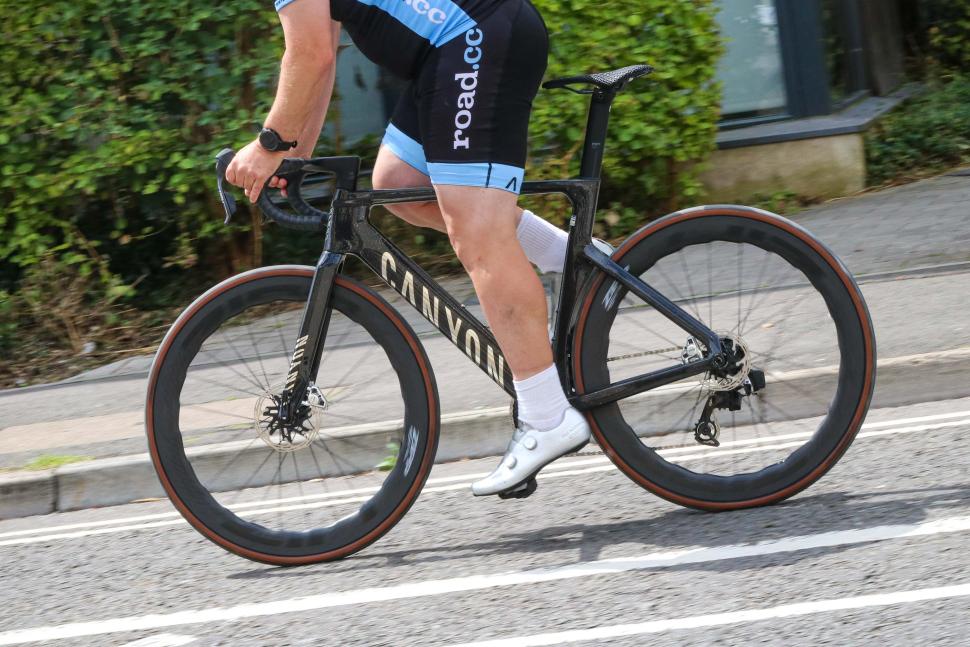
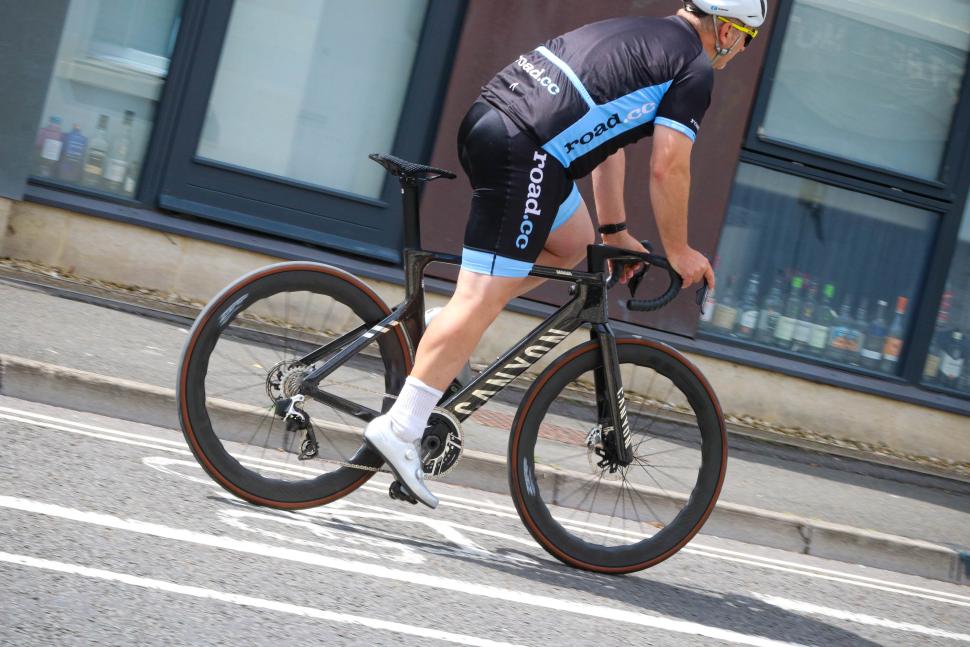

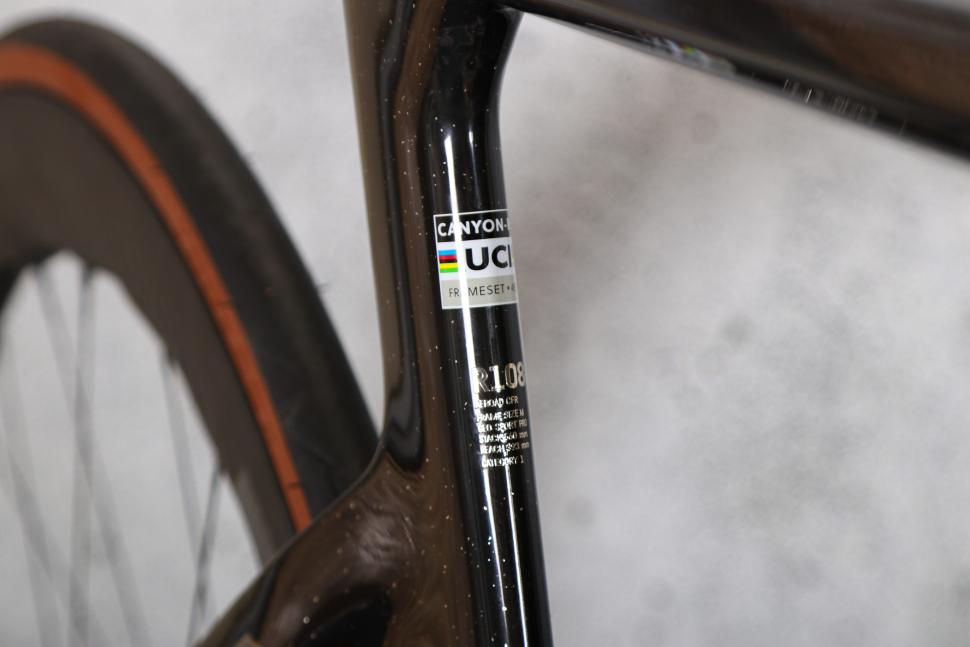
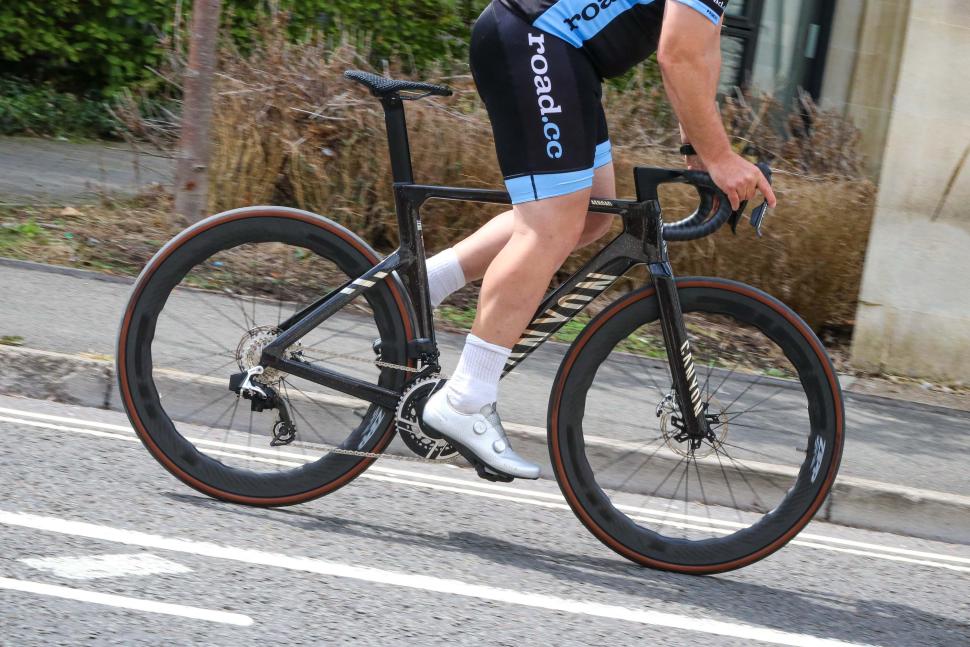


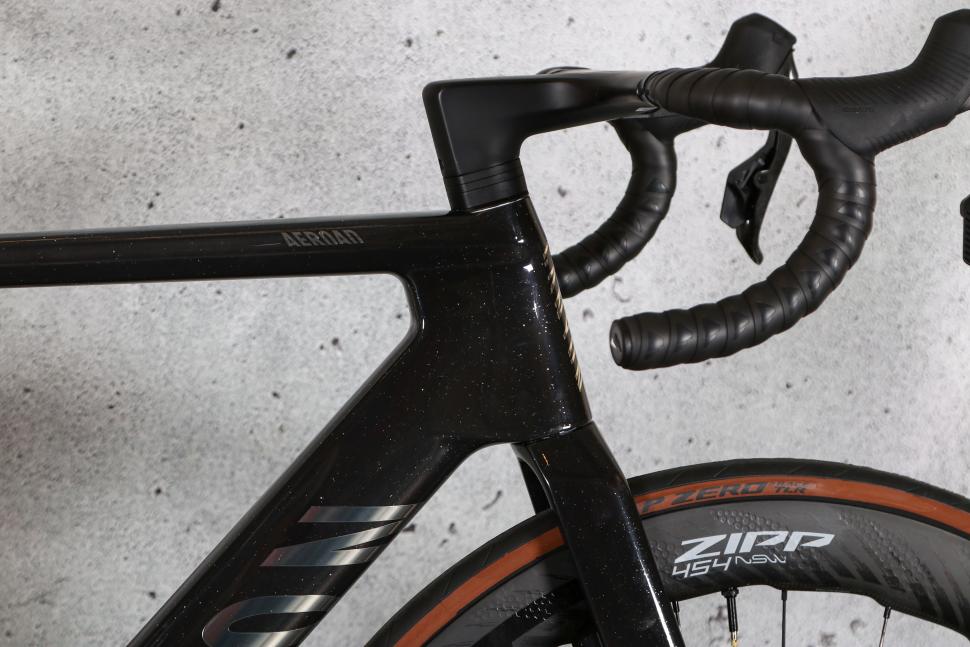

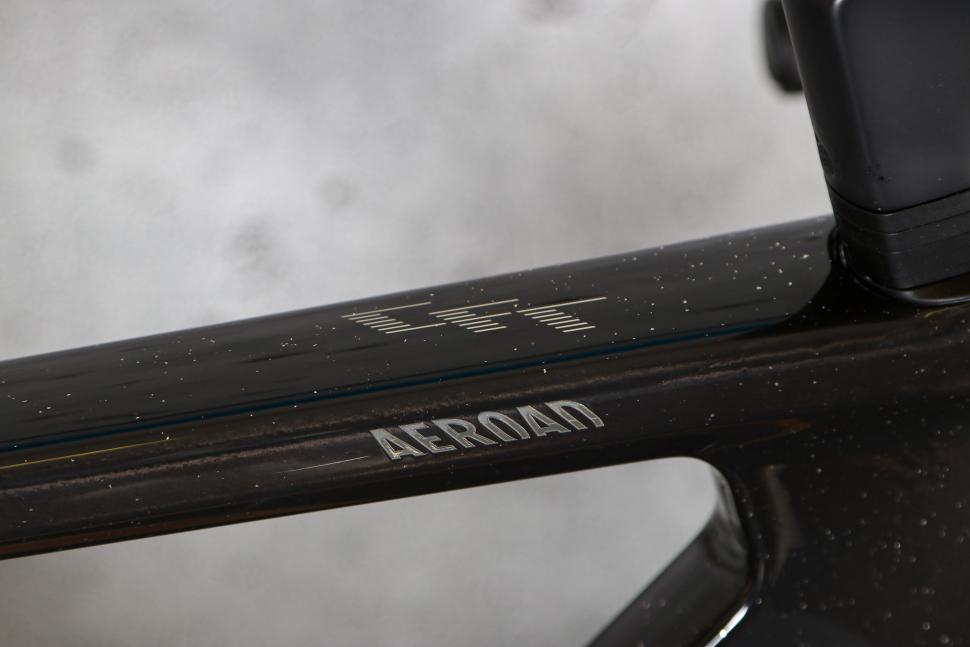


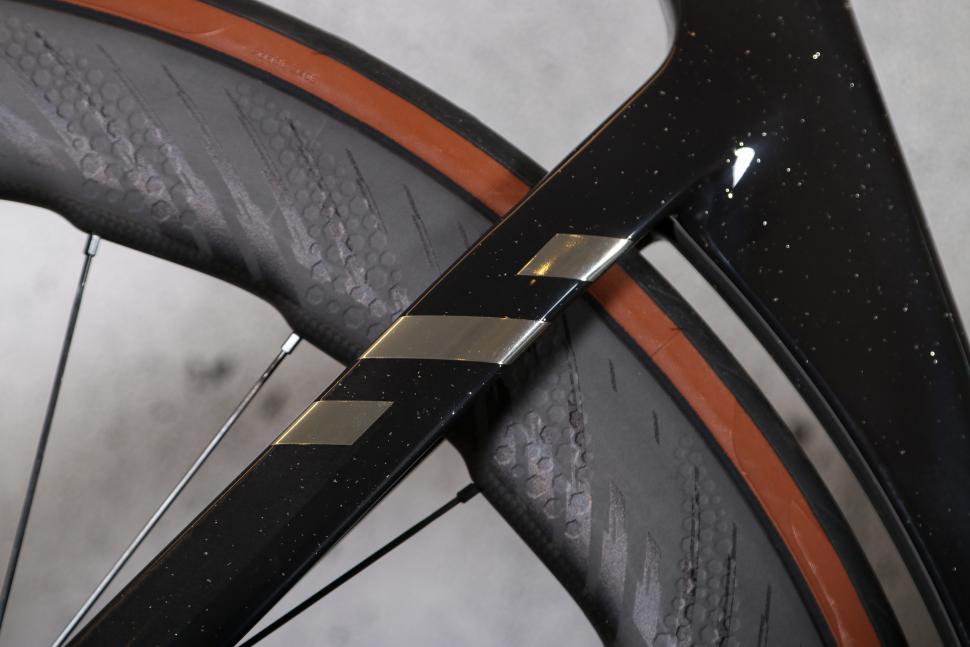
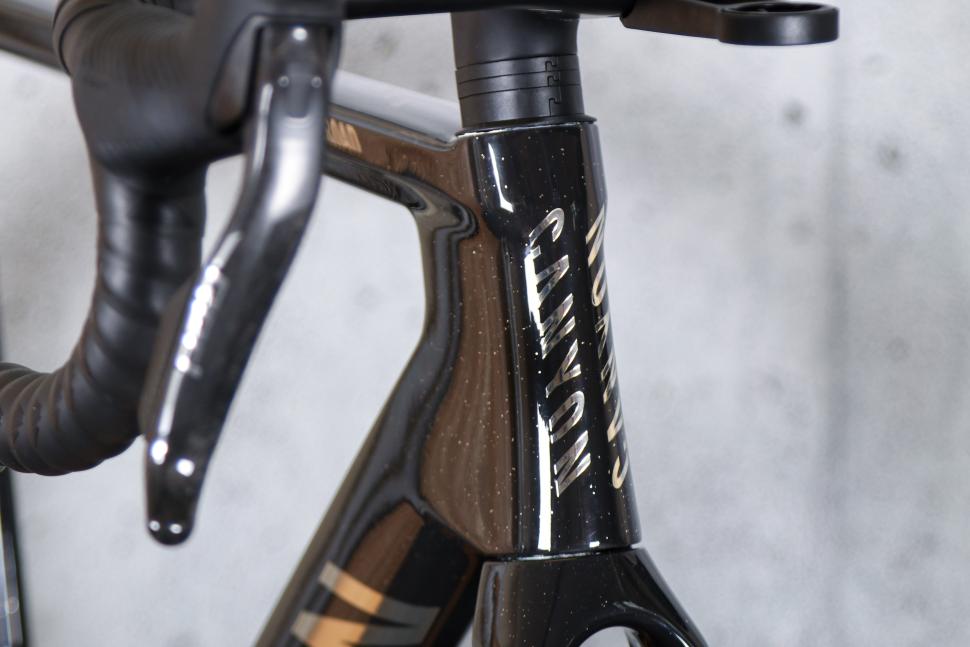
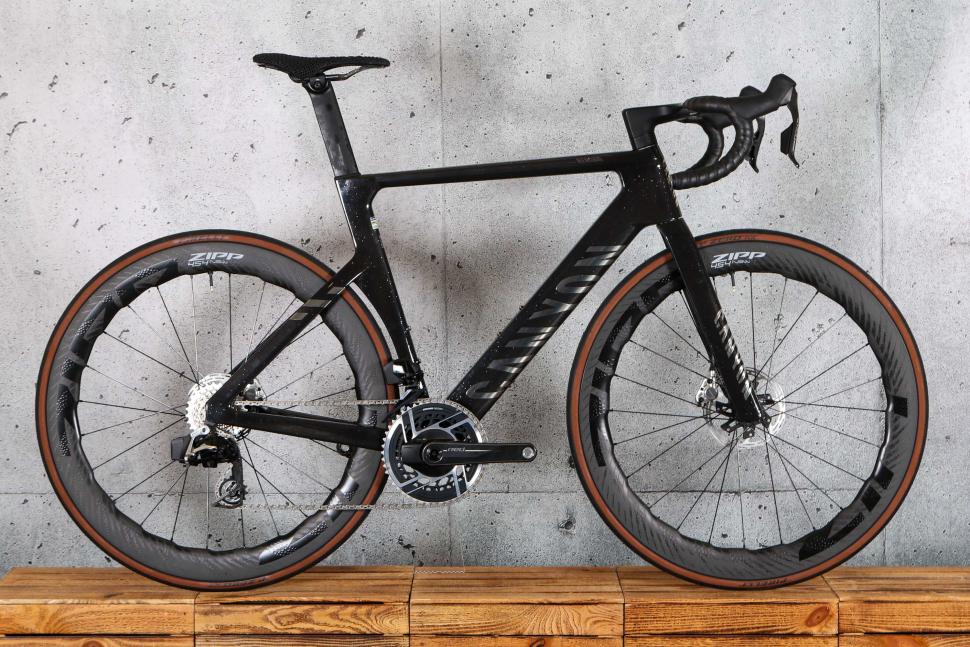

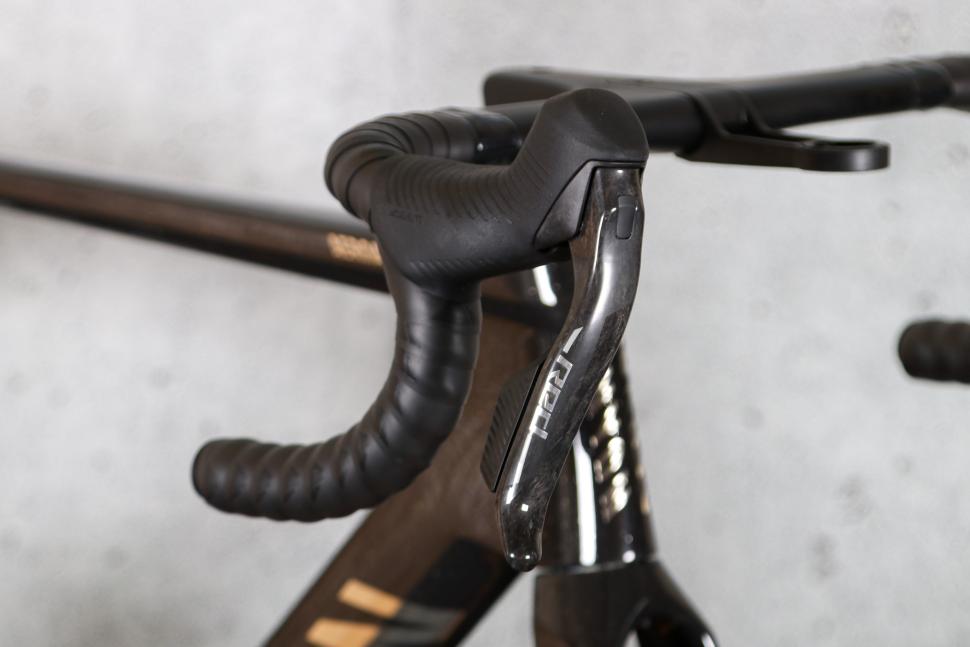
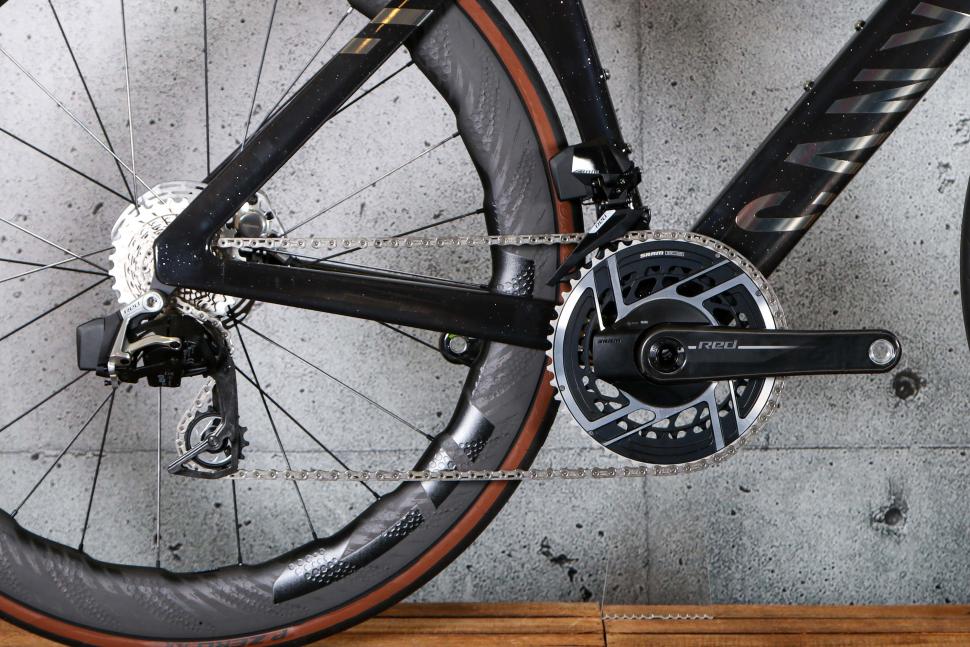
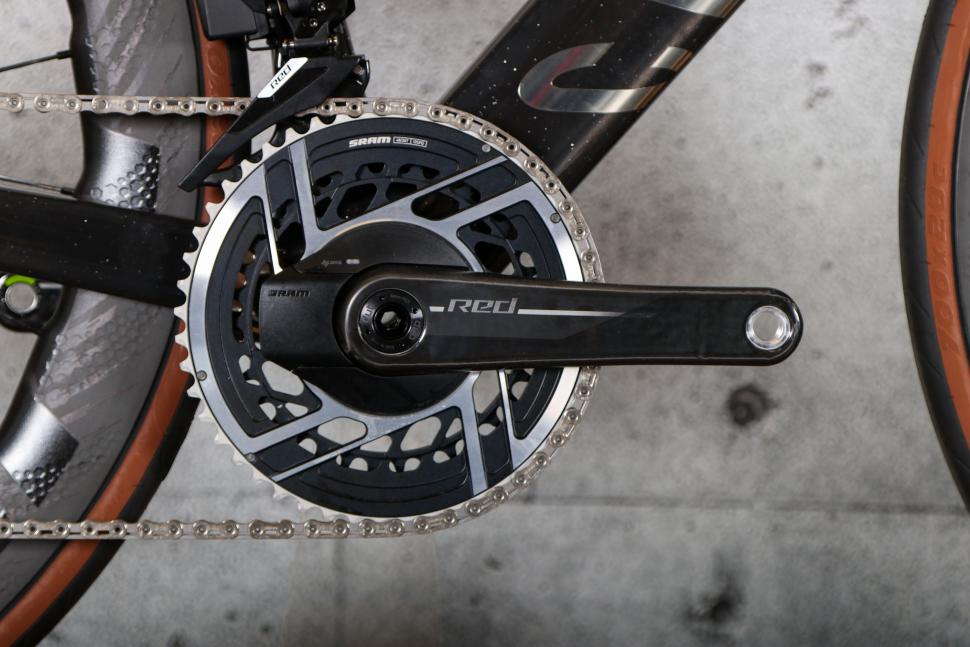













































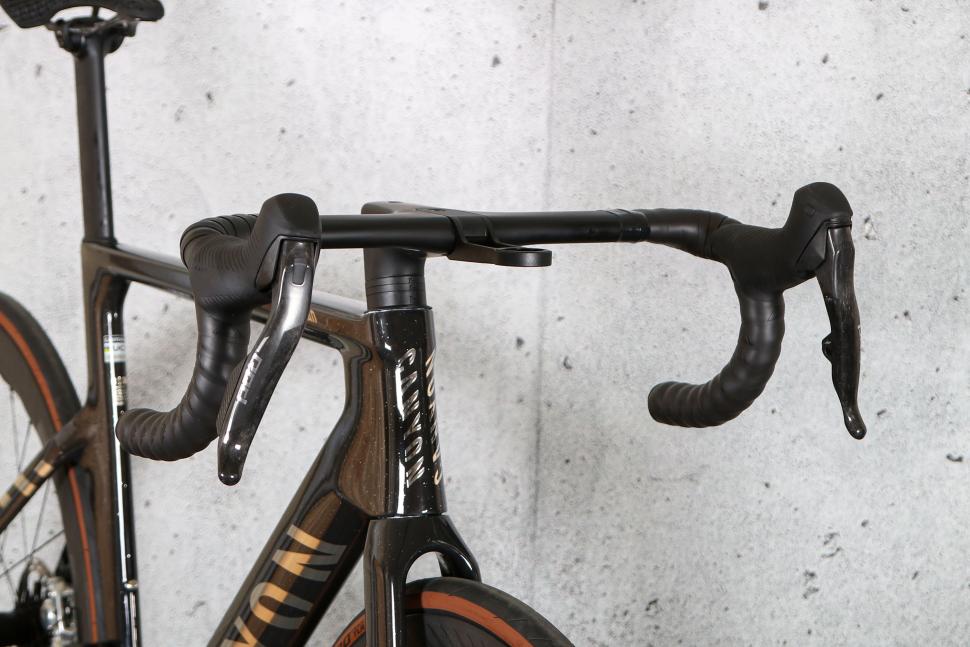
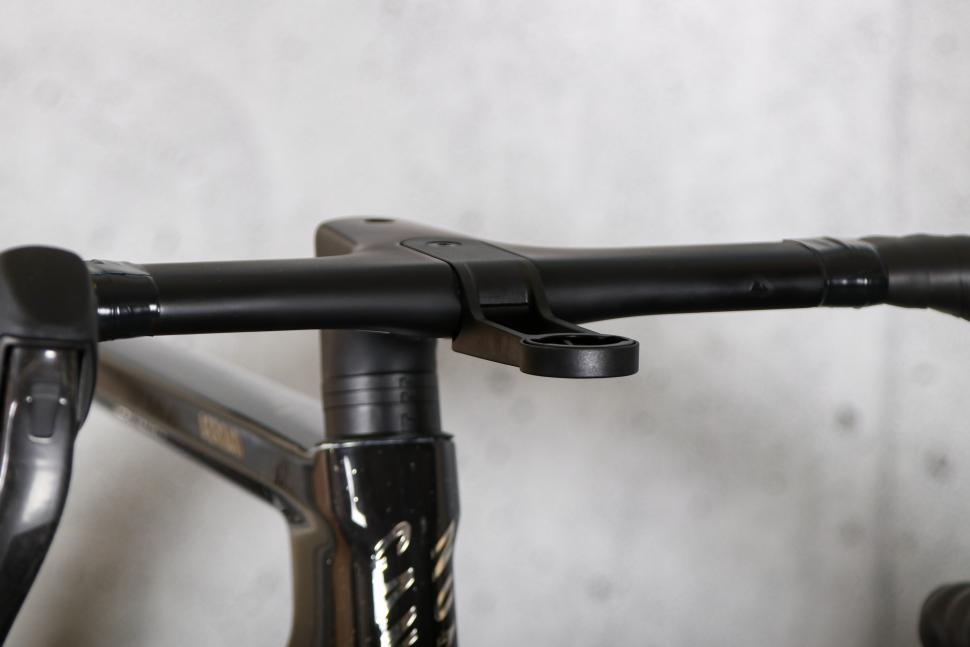
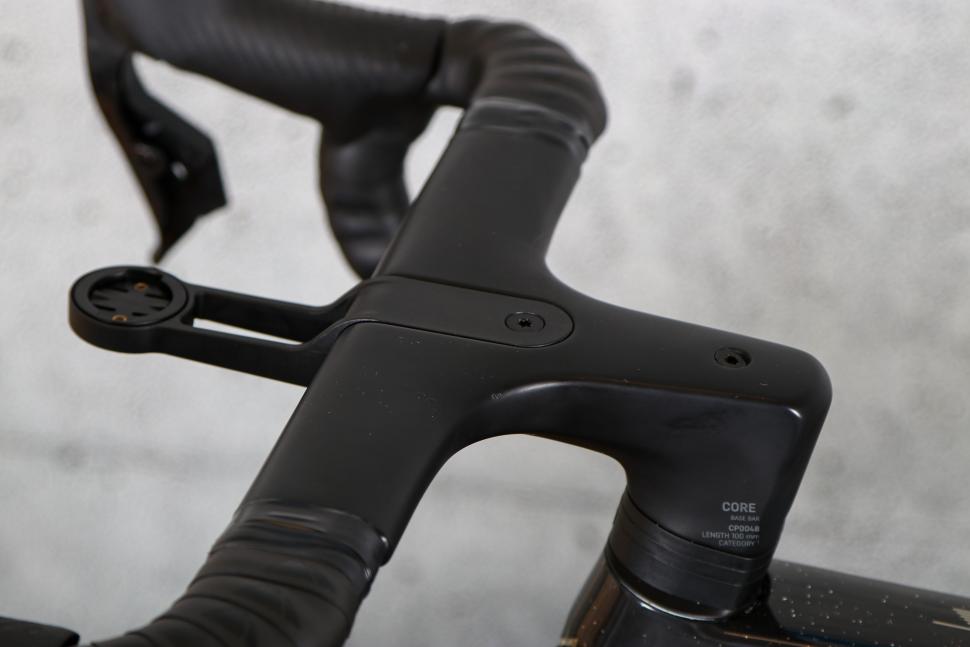
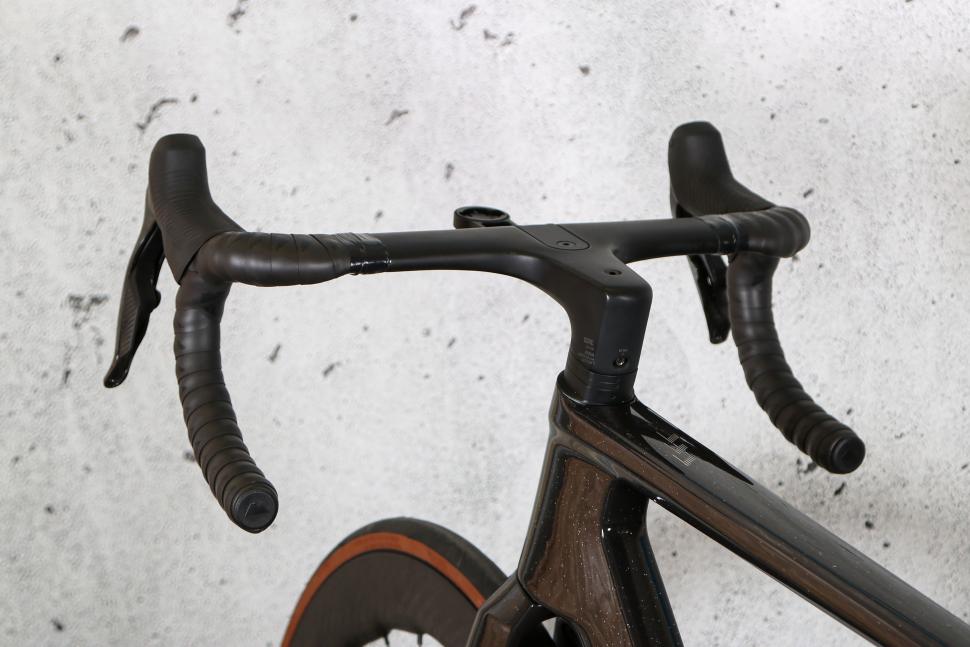


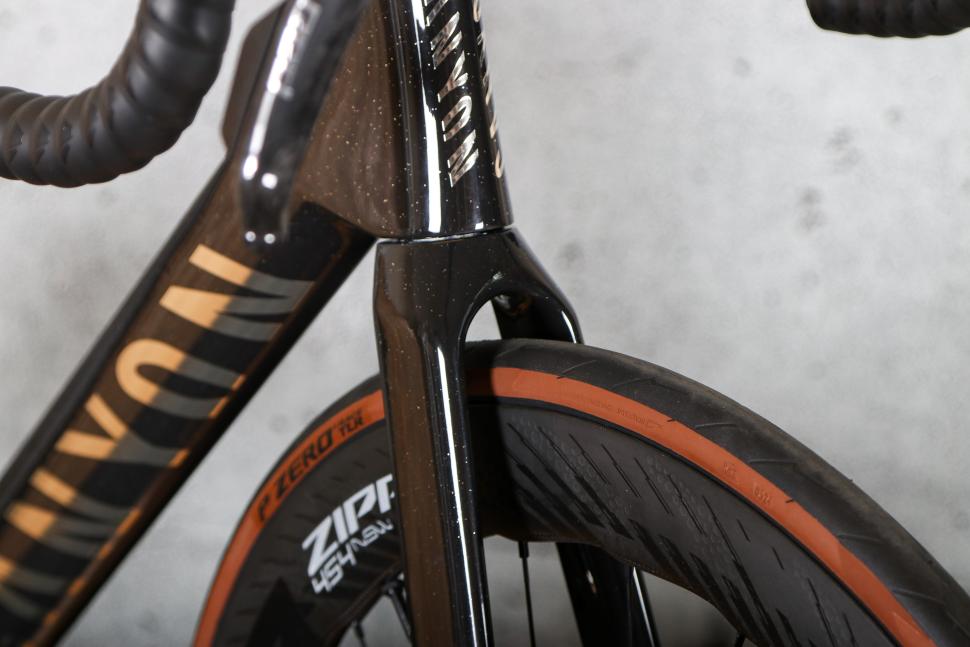
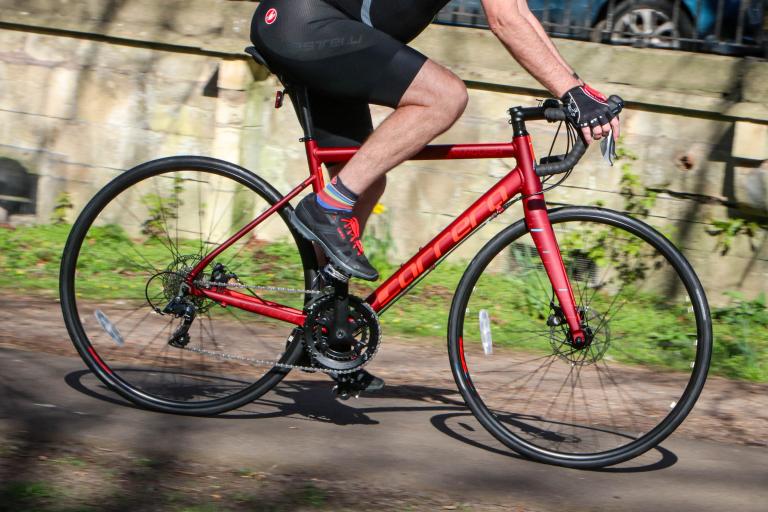



What, and risk damaging their parking equipment? ...
I've been travelling by bus a lot lately. My bus route between home and work is invariably a double decker....
@Sredlums: I'm not sure I follow your logic. If someone grabs your helmet twists it, then the reason it doesn't feel good is because the outer is...
Coming to the mid-paced Saturday club ride soon.
Interesting review. I have the Bont MTB+ and they are the most comfy cycling shoes I have ever worn. I use them with a Superfeet Green Insole...
I have a few thousand km on a bike with the Ltwoo group so I'll be interested to see that reviewed.
It's 2 whole minutes. Jesus wept.
It really feels like we're living in some sort of SF dystopian novel, doesn't it?
Just to be clear (local knowledge!) they didn't move after last year's "drama", they've had various locations around the area but the Brixton Road...
People show up to a sportive, and go out doing what they love.